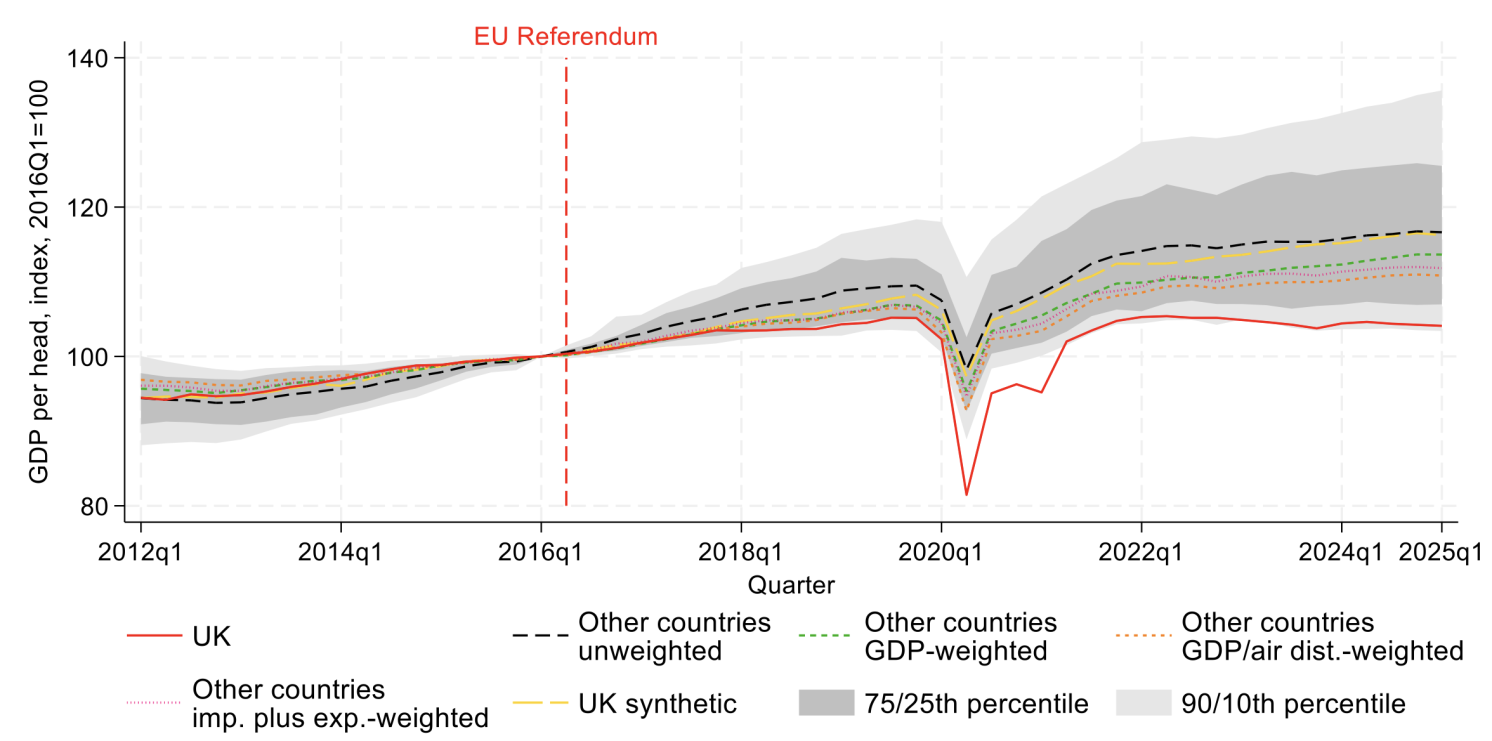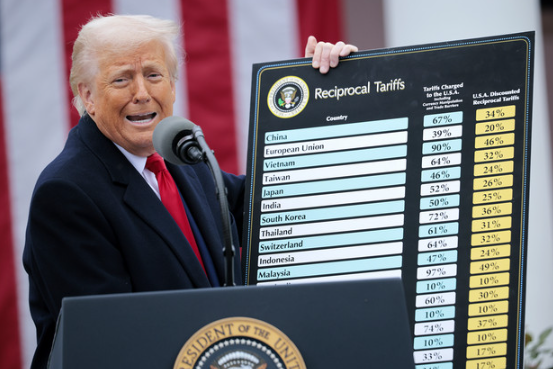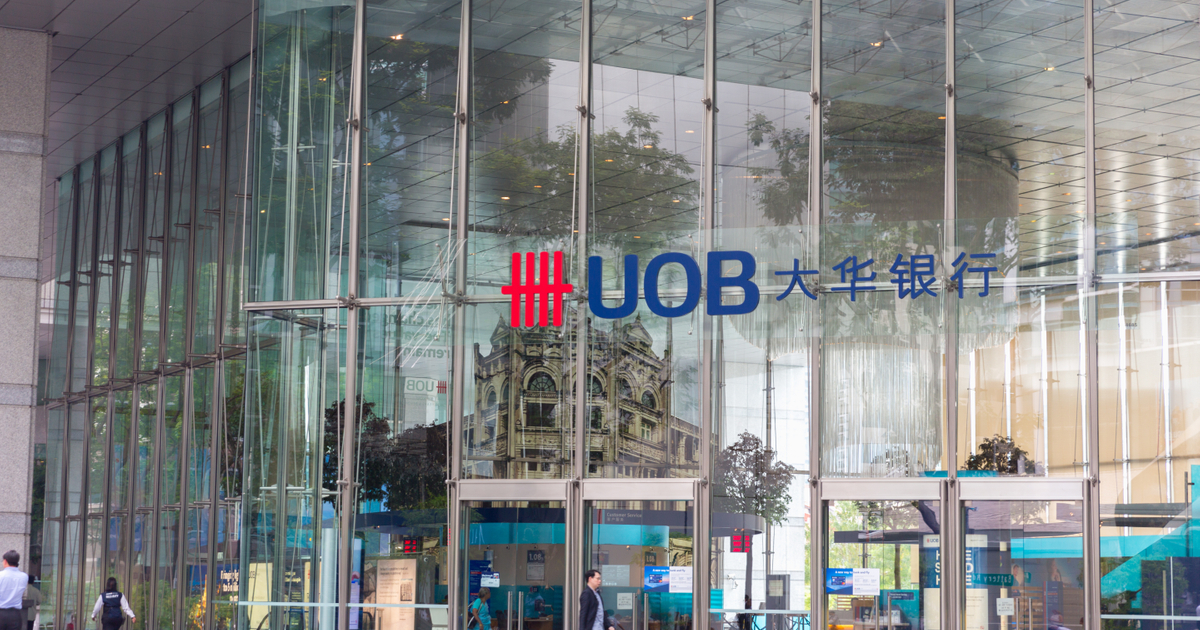Taking advantage of a rebound in market conditions, United Overseas Bank (UOB) successfully priced a S$850 million ($638.37 million) perpetual non-call five-year additional Tier 1 (PerpNC5 AT1) bond on January 12, 2023. The deal set a benchmark for the months ahead, marking the first significant Singapore dollar bond issuance of the year and a return by Singaporean banks to the domestic capital market after a quiet five-month period.
The order book gained early strong momentum and exceeded S$1 billion within three hours of opening, Edmund Leong, head of Group Investment Banking at UOB, told FinanceAsia.
“The deal generated strong interest amongst investors as it was the first deal of the year…. It was also the first deal to open up the Singapore dollar bank capital space since the last trade completed in the Q3 of 2022,” he said, referring to Westpac’s 4.65% S$450 million Tier 2 issuance in August.
The shrewd timing of the deal allowed the bank to benefit from “first-mover advantage”, added Koh Chin Chin, head of Group Treasury and Research, at UOB.
“It also allowed us to provide a highly rated bank capital offering to our important domestic investor base,” Koh explained. Proceeds from the bond will be used to meet the bank’s capital refinancing needs.
|
Balance sheet resilience The amount of Tier 1 capital held by banks acts as a measure of their financial strength and ability to withstand balance sheet shocks. Following the 2008 global financial crisis (GFC), the Basel Committee on Banking Supervision (BCBS) – which has 45 members comprising central banks and regulatory bodies from 28 jurisdictions – raised the capital requirements for banks and distinguished between Tier 1 and Tier 2 reserve capital. Tier 1 represents a bank’s core capital and consists of disclosed reserves and shareholders capital; while Tier 2 is harder to liquidate and comprises undisclosed reserves, subordinated term debt, hybrid financial products – such as convertible bonds – and other items. Under the updated international regulatory framework known as Basel III, which was published in 2010, a bank’s minimum Tier 1 capital must total more than 6% of its risk-weighted assets. AT1 bonds were introduced following the GFC, to protect bank depositors. Typically, they are used by banks to raise their core equity base and comply with Basel III. Being perpetual instruments, they have no maturity date, but often have a call date. The instruments are associated with higher risks and returns compared to vanilla bonds. They are subordinate to other debt and senior only to equity. If an AT1 issuer’s capital ratios fall below a certain threshold, the issuer may halt interest payments or even write the bonds off. Such was the case for private Indian lender, Yes Bank, which decided to write down INR8,414 crore ($1.02 million) worth of AT1 bonds as part of a restructuring plan in March 2020. The Bombay High Court earlier this year ruled against the move, a decision that the bank recently challenged in the Supreme Court. |
High demand
At a time of rising global yields, reputable issuers with good credit ratings become even more attractive, noted Koh.
Private banking investors anchored initial demand for the UOB deal which was 2.5 times oversubscribed, drawing over S$2.1 billion from across more than 62 accounts.
The final investor base comprised 85% private banks and securities houses; 13% fund managers and insurance firms; and 2% banks, hedge fund and corporates, UOB confirmed.
UOB has issuer ratings of AA- (stable) and Aa1 (stable) by S&P and Moody’s, respectively. Its perpetual capital securities/AT1 securities are rated) BBB- and Baa1 (hyb), respectively.
| Investor type | Allocation |
| Private banks/securities houses | 85% |
| Fund managers/insurance | 13% |
| Banks/hedge funds/corporates | 2% |
The PerpNC5 AT1 bond has a fixed coupon rate of 5.25% for five years following issuance. It is subject to a first reset on January 19, 2028, and every five years thereafter at the prevailing 5-year Singapore overnight rate average-overnight indexed swap (SORA-OIS) rate, plus the initial spread of 2.393%.
The deal could set a precedent for further issuances by financial institutions in Singapore, suggested Trevor Chuan, partner within the debt capital markets practice at WongPartnership. The local law firm acted as counsel on the transaction.
“While AT1s are principally driven by a financial institution’s capital adequacy requirements, we do believe the success of UOB’s AT1 transaction, which was tightly priced on the back of strong investor demand, will help set the tone for similar issuances in the Singapore dollar space,” Chuan told FA.
Data released by the Ministry of Trade and Industry (MTI) on February 13 shows that the Singaporean economy expanded by 3.6% in 2022 (below government estimates of 3.8%) and is forecasted to grow between “0.5 to 2.5%” in 2023.
The ministry cited China’s fast easing of Covid-19 border restrictions as a key factor likely to boost the Lion City’s tourism and aerospace sectors, but noted ongoing headwinds including the conflict in Ukraine, other geopolitical tensions, as well as rising interest rates globally.
Indeed, last year saw the Monetary Authority of Singapore (MAS) tighten monetary policy five times.
According to the latest available report by MAS on Singapore’s corporate debt market, total outstanding debt arranged by financial institutions in the market grew 8% to S$523 billion in 2021.
Year-on-year (YoY), new debt issuances in 2021 grew 4% to reach $232 billion. Of this, $202 billion (87%) were denominated in foreign currency – with the US dollar dominating foreign currency issuances (constituting 73.4% of all issuances). The share of Singapore dollar-denominated issuances grew 2.2%, reaching a nine-year high of S$30 billion in 2021. Other popular currencies included the euro (2.9%), renminbi (2.8%) and British pound sterling (2.5%).
Corporations (excluding those active in the property sector) made up 24.9% of all Singapore dollar issuances in 2021; property firms accounted for 19.1%; and FIs, 18.2%. The rest were taken up by special purpose vehicles and statutory boards. In contrast, FIs accounted for the bulk of non-Singapore dollar issuances: 64.9%, with non-property corporations constituting the next biggest segment: 24.9%. SPVs, supranationals and property firms made up the remainder.
The MAS report points to a boom in issuance of green, social, sustainability and sustainability-linked bonds in the city state, prompted by the regulator’s introduction of a grant scheme for first-time issuers of these bonds, coupled with increased interest from corporates for funding that supports net-zero transition efforts.
UOB was sole bookrunner and sole lead manager in the PerpNC5 AT1 transaction.
¬ Haymarket Media Limited. All rights reserved.





































